Even the smallest species can prove to be the most devastating organisms on earth. A few of these minute but damaging creatures are accountable for property damage amounting to millions of dollars. However, their propensity for destruction goes beyond just property. Some of them decimate vital crops, resulting in the premature death of thousands of individuals due to hunger. Others inflict a type of psychological havoc, whose disturbance has driven people to alcoholism or even forced them to inflict structural harm themselves, all as a means to cope with the distressing ordeal. Then there are those that instill fear in humankind with their quiet yet lethal capacity to spread disease to incautious individuals, with disastrous effects. Varying from minor irritants to catastrophes of biblical scale, these rank as the 25 most harmful tiny creatures worldwide.
To alleviate confusion: We are defining “small creatures” as any living being smaller than 24 inches. “Destruction” can be of property, food, ecosystem, emotion, comfort, and health. Furthermore, though this list attempts to begin with “the least destructive” creature, the list is not strictly ranked and is open to interpretation.

Lice
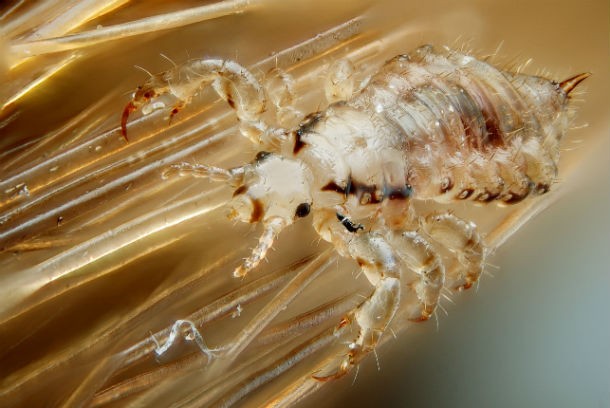 Sources: cdc.gov,everydayhealth.com, Image: Wikipedia
Sources: cdc.gov,everydayhealth.com, Image: Wikipedia Let’s start our list with the least destructive (but ever so annoying) creature: The louse. Lice are wingless parasitic insects that reside on people’s heads and feed on human blood. Though they are not know to carry diseases, they are known to impart unto the unfortunate host a most uncomfortable case of scalp itch. They usually spread via head-to-head contact with an already infested person and can also spread via the sharing of clothing and other personal belongings.
Cockroaches
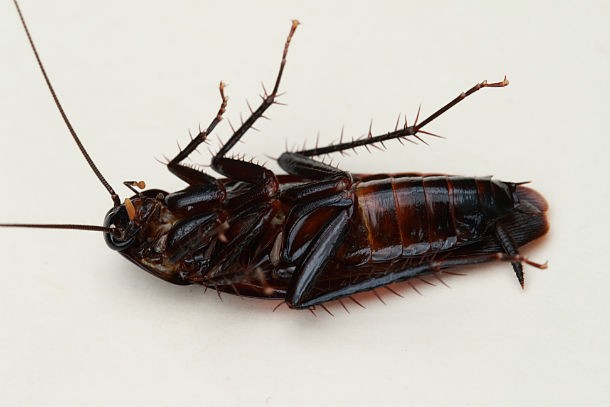 Source: enkivillage.com, Image: Wikipedia
Source: enkivillage.com, Image: Wikipedia Cockroaches. Their mere sight is enough to fill any sane person with disgust and for good reason: Cockroaches carry bacteria. They also reproduce exceedingly fast with females producing about 300 offspring at one time. Cockroaches have been linked to asthma and allergies and if found in a home and left unchecked; can easily infest it.
Silverfish
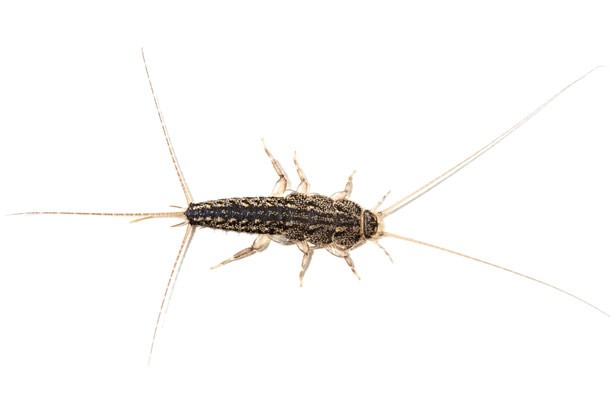 Source: wikipedia.com, Image: Shutterstock
Source: wikipedia.com, Image: Shutterstock Silverfish are small, wingless insects which can be found in people’s homes. Though harmless to humans, they are considered pests due to their diet of starches and dextrin. This translates into a diet of book bindings, clothing, coffee, glue, hair, paper, photos, plaster, and sugar.
Bedbugs
 Source:news.nationalpost.com, Image: Wikipedia
Source:news.nationalpost.com, Image: Wikipedia Bedbugs are small, oval, brownish insects that live on the blood of other animals and humans. Though they are not known to transmit any diseases, bed bugs are known to be the cause of allergic reactions, skin rashes, and even psychological effects with the later being the most destructive. Victims of bedbug infestations have been known to suffer from anxiety disorders, depression, stress, and sleep deprivation. Some victims have even resorted to substance abuse, vandalism, and in one particular case, the physical harm of their pet cat as manifestations of their frustration over bedbug infestations. “The issue with bed bugs is that you’re going to bed and you know that at any time some insect will bite you, and you’re at your most vulnerable, you’re sleeping,” said Dr. Stéphane Perron of the Montreal public-health department, University of Montreal and McGill University. “You cannot protect yourself.”
Army Ants
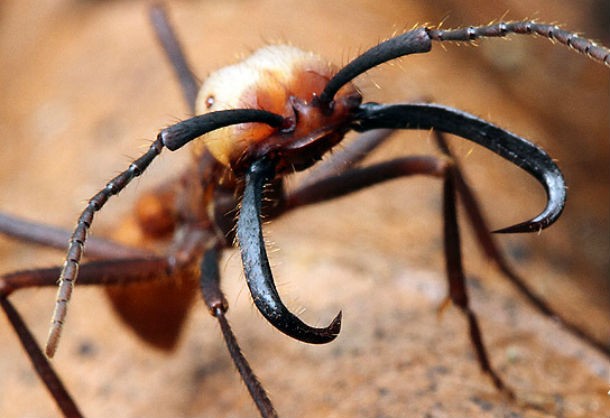 Source: enkivillage.com, Image: YouTube
Source: enkivillage.com, Image: YouTube Restless and ravenous, army ant colonies are nature’s Mongol hordes. They kill and eat anything in their way, digesting it even as they tear it apart. Scientists describe army ants as having two characteristics: a migrant or nomadic lifestyle and group predation. There are actually several different ant species that behave this way but only army ants will kill everything and anything that crosses their path.
Cotton Bollworm
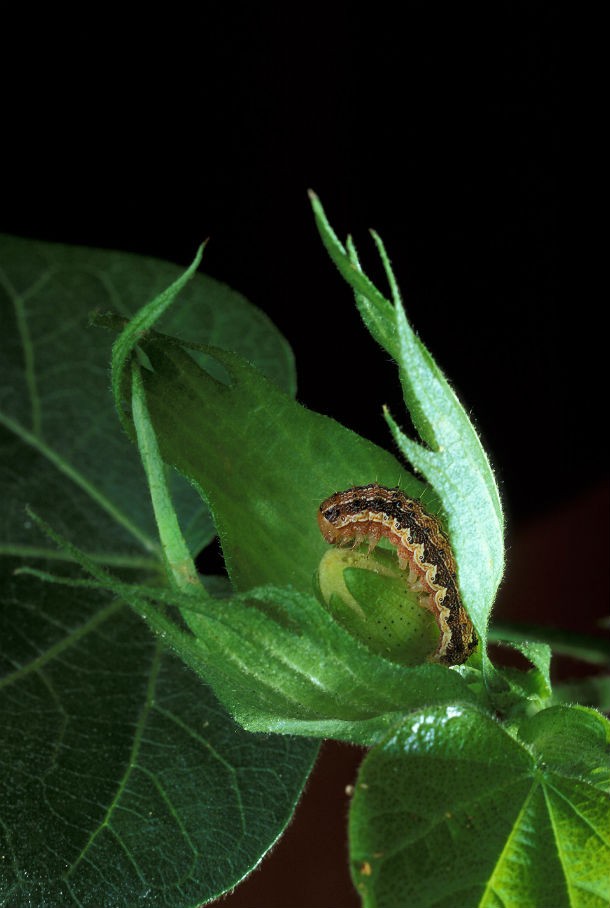 Source: enkivillage.com, Image: commons.wikimedia.org
Source: enkivillage.com, Image: commons.wikimedia.org The cotton bollworm is a moth, the larvae of which feed on a wide variety of plants. However, it is specifically problematic for cotton crops. This pest is widespread in central and southern Europe, temperate Asia, Africa, Australia, Oceania, and has been confirmed to have invaded Brazil as well.
Gypsy moth
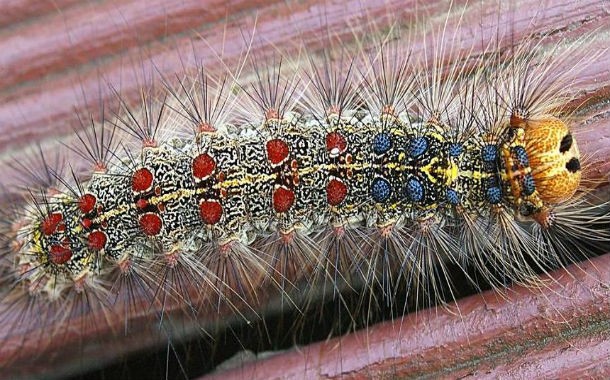 Source: enkivillage.com, Image: Wikipedia
Source: enkivillage.com, Image: Wikipedia This sneaky creature is one of North America’s most devastating forest pests. The gypsy moth is known to feed on the foliage of hundreds of species of plants but its most common hosts are oaks and aspen. Heavy defoliation in the larval stage causes stress on infested plants which may ultimately result in the death of the infected host.
Spider Mite
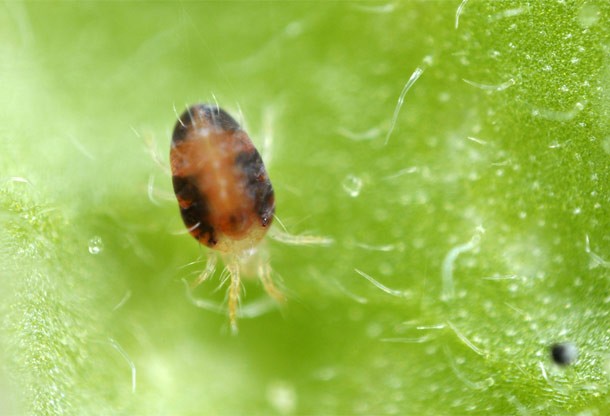 Source:wikipedia, livingwithbugs.com, Image: Shutterstock
Source:wikipedia, livingwithbugs.com, Image: Shutterstock Spider mites are small (less than 1 millimeter) arachnids that generally live on the undersides of plant leaves. This is problematic since they feed on several hundred species of plants and will usually kill it’s host. Researchers estimate that spider mites are responsible for as much as 5% of total agricultural productivity loss worldwide.
The common mynah
 Source: birdsinbackyards.net, Image: Shutterstock
Source: birdsinbackyards.net, Image: Shutterstock An otherwise beautiful bird, the common myna is considered a pest in many areas due to their destructive impact on fruits such as berries, bananas, papayas, guavas, apples and pineapples. The bird is known for probing fruits with their beaks and then eating only a small quantity of the tissue. This greatly reduces the fruit’s potential value in the marketplace.
Κhapra beetles
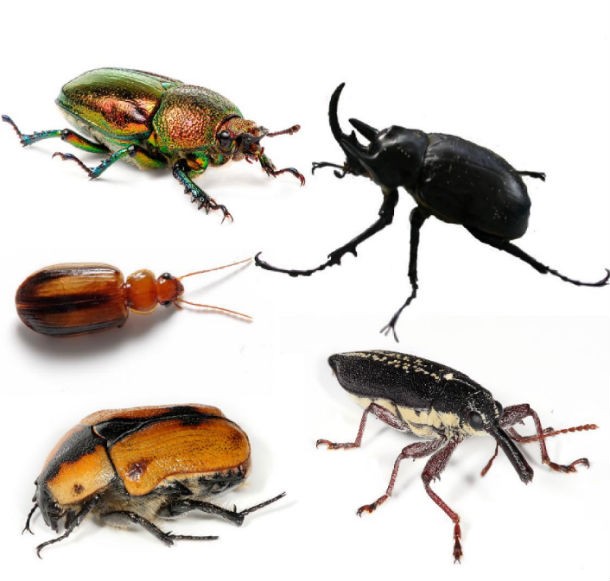 Source: enkivillage.com, Image: Wikipedia
Source: enkivillage.com, Image: Wikipedia The Khapra beetle is one of the world’s most destructive pests when it comes to stored grain products and seeds. The damage it causes often spoils about thirty percent of stored grain product with extreme cases of up seventy percent.
Carpenter Bees
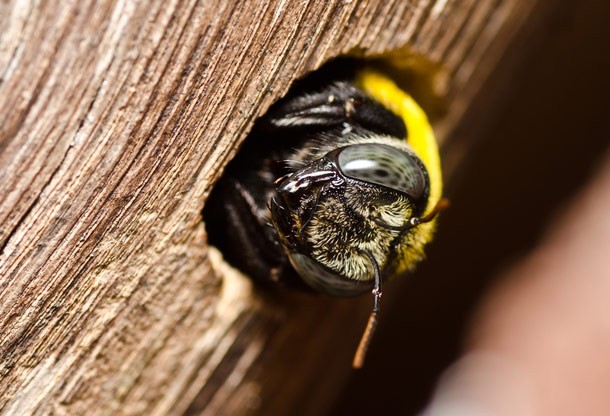 Source: wikipedia, Image: Shutterstock
Source: wikipedia, Image: Shutterstock Carpenter bees are large, colorful wood-boring bees that resemble bumble bees. They are known for building nests within wooden structures such as siding, fascia boards, and log homes. The tunnels created by the female bee eventually weakens the wood by allowing water to get into the holes which then causes wood rot.
Carpenter ants
 Source: enkivillage.com, Image: commons.wikimedia.org
Source: enkivillage.com, Image: commons.wikimedia.org Carpenter ants are among the largest ants in the United States, ranging from 3.4 to 13 mm long. Similar to carpenter bees, carpenter ants are capable of causing damage to wooden structures. They cut spaces into the wood grain to form nests and provide passageways for movement from one section to the other. They do no eat wood so they’re not as destructive as termites, but their presence can still be a great nuisance for home owners.
Termites
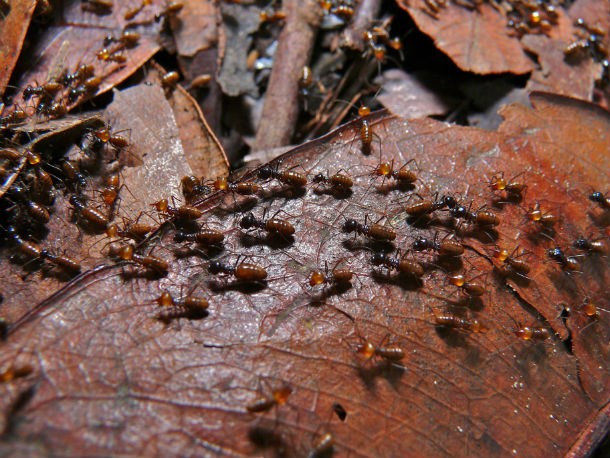 Source: enkivillage.com, Image: Wikipedia
Source: enkivillage.com, Image: Wikipedia Their wood eating habits place termites among the most destructive creatures on Earth. Many homeowners have had the unfortunate experience of dealing with the aftermath of a termite infestation. In Southwestern United States alone termites cause approximately $1.5 billion in damages annually. Though they may bite, these wounds are not toxic. Furthermore, termites are not known to carry diseases harmful to humans. However, people living in homes infested by termites may suffer from allergic reactions.
Cane toads
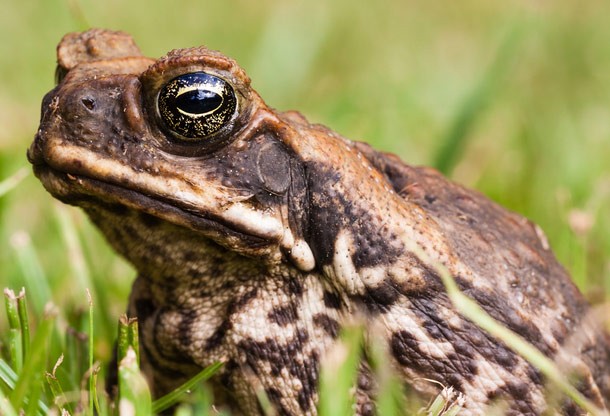 Source: Wikipedia, Image: Shutterstock
Source: Wikipedia, Image: Shutterstock Though the full extent of the cane toad’s impact on the environment is unknown, it’s believed that the cane toad is responsible for the depletion of native species that die by eating the toads. Moreover, cane toads have been linked to the poisoning of humans and pets, and depletion of native fauna.
Locusts
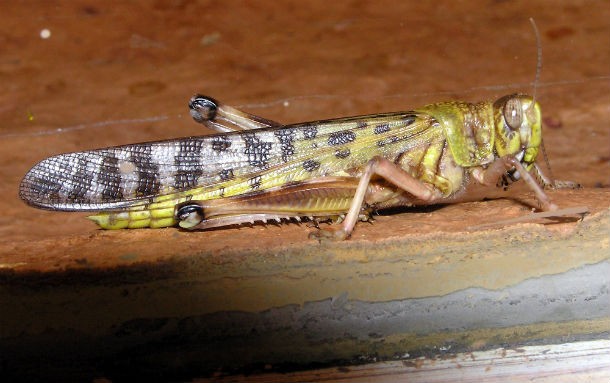 Source: enkivillage.com, Image: Wikipedia
Source: enkivillage.com, Image: Wikipedia Locusts are the swarming phase of certain species of short-horned grasshoppers. Normally these grasshoppers are innocuous, their numbers are low and they cause little economic threat to agriculture. However, under suitable conditions of drought followed by rapid vegetation growth, serotonin in their brains triggers a dramatic set of changes: they start to breed abundantly, becoming gregarious and nomadic when their populations become dense enough. They form bands of wingless nymphs which later become swarms of winged adults. Both the bands and the swarms then move around and rapidly strip fields and cause damage to crops. The adults are powerful fliers and can travel great distances, consuming most of the green vegetation wherever the swarm settles. Their sudden destruction of crops has led to famine and starvation.
Giant African Snails
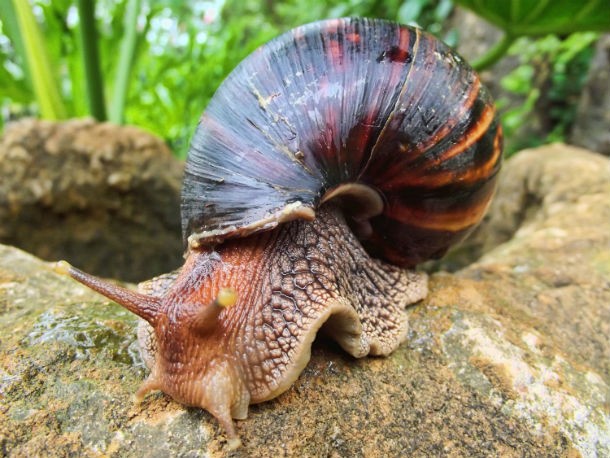 Source: hungrypests.com, Image: Wikipedia
Source: hungrypests.com, Image: Wikipedia The giant African land snail is considered to be one of the most damaging snails in the world because they will eat almost any vegetation they can find and have proven to be quite destructive to plaster and stucco structures. Giant African land snails are also known to carry parasites that can lead to meningitis in humans. As if that’s not enough, they also reproduce quickly, producing around 1,200 eggs in a single year.
Fleas
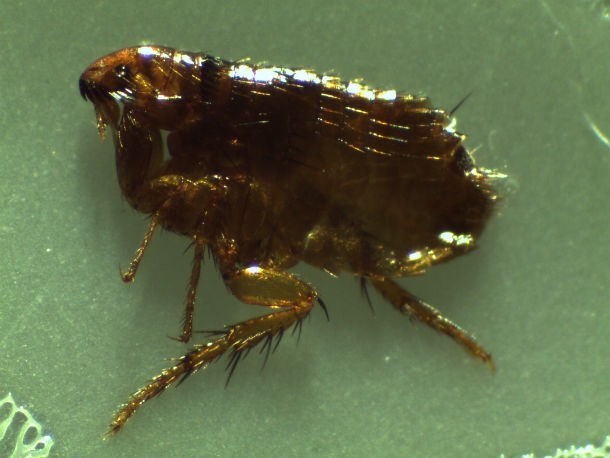 Source: enkivillage.com, howstuffworks.com6, Image: Wikipedia
Source: enkivillage.com, howstuffworks.com6, Image: Wikipedia Fleas might be considered relatively harmless albeit annoying, but they’re among the deadliest bugs in history. That’s because their disease carrying nature is responsibly for the death of almost two-thirds of Europe during the Black Plague. Fleas are considered vectors, meaning they transport bacteria and disease from one host to another (e.g. the bubonic plague from rodents to humans).
Deer Tick
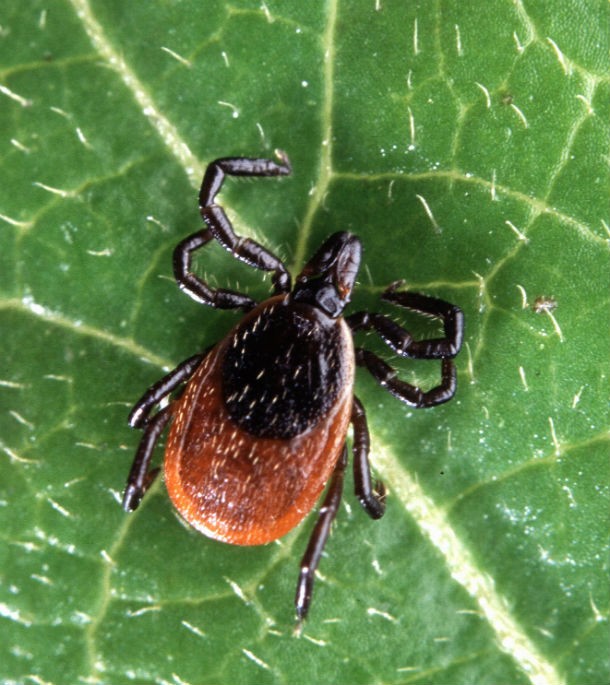 Source: enkivillage.com, cdc.gov, Image: Wikipedia
Source: enkivillage.com, cdc.gov, Image: Wikipedia The loathsome deer tick, now known as the black-legged tick, is defined more by the disease it spreads than by its own characteristics. These blood-sucking members of the arachnid family were brought to the public’s attention in the mid-1970s when it was discovered that they are the primary (and possibly only) transmitters of Lyme disease. According to the CDC, It’s estimated that about 300,000 people in the United States are diagnosed with Lyme disease each year.
Rats
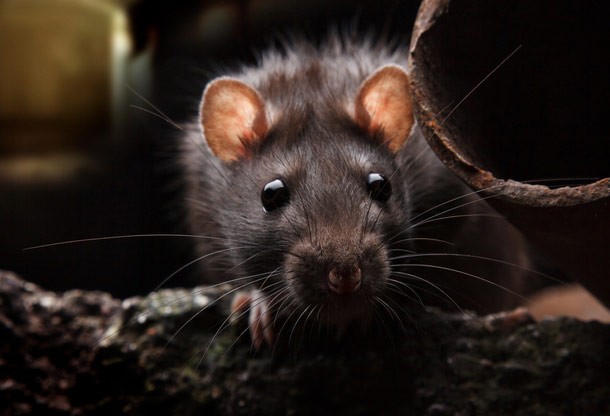 Source: wikipedia, CDC, Image: Shutterstock
Source: wikipedia, CDC, Image: Shutterstock A common house pet, rats are one of the most destructive vertebrates. For starters, when introduced into locations where rats previously did not exist they can cause a huge amount of environmental degradation. In fact, the black rat is considered to be one of the world’s most invasive species and has contributed to the extinction of many wildlife species including birds, reptiles, small invertebrates and even mammals. Aside from its invasive nature, rats are also know to carry diseases such as the bubonic plague, Lassa fever, leptospirosis, and Hantavirus infection.
Beavers
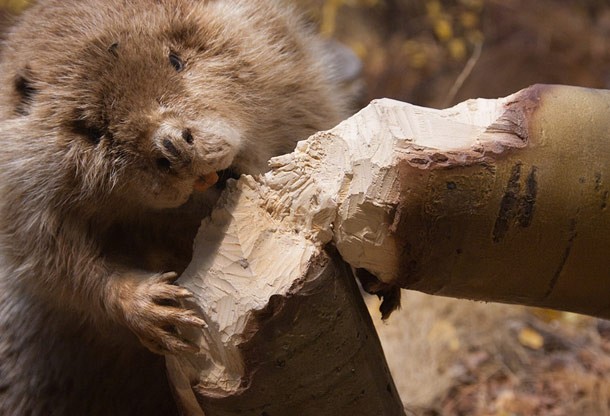 Source: pubs.ext.vt.edu, Image: Shutterstock
Source: pubs.ext.vt.edu, Image: Shutterstock Beavers have the potential to do great good or great damage to their environment. Their dam building habits have been linked to the beneficial creation of new habitats which benefit a variety of animals. On the other hand, this same behavior has led to some flooding and millions of dollars worth of damage annually. This figure includes their destructive impact on timber and agricultural crops.
Fat–Tailed Scorpion
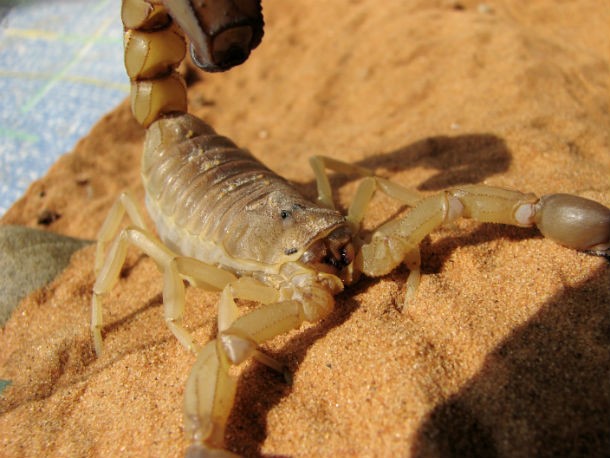 Source: wikipedia, Image: Wikipedia
Source: wikipedia, Image: Wikipedia With this critter, it’s no so much a destructive impact on an large scale but rather a destructive impact on a personal scale. Fat–tailed scorpions (also known as “man-killers”) is the common name given to a group of extremely dangerous scorpions distinguished by their fat tail. Their venom, which contains powerful fast-acting neurotoxins, is especially potent and is responsible for the death of several humans on an annual basis. These neurotoxins act on the central nervous system, causing paralysis in the nerves that are responsible for respiration, which ultimately causes death by respiratory failure. Though normally death can occur within 5 to 10 hours, it is possible for death to occur with one hour.
Brazilian Wandering Spider
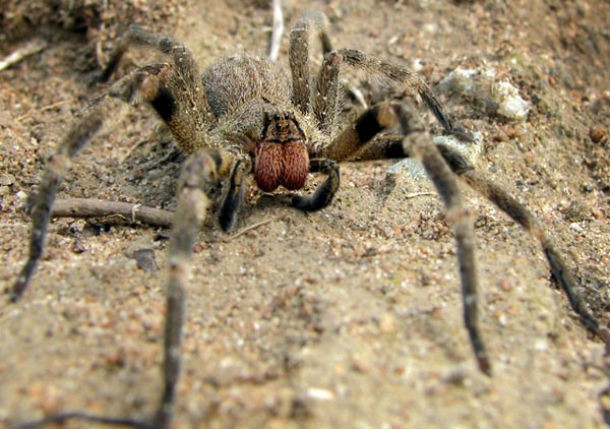 Source: enkivillage.com, Image: Wikipedia
Source: enkivillage.com, Image: Wikipedia Brazilian wandering spiders, also called armed spiders or banana spiders, belong to the genus Phoneutria, which means “murderess” in Greek. And it’s no wonder why since this spider is one of the most venomous on Earth. Its bite can be deadly to humans, especially children, although antivenom makes death unlikely. For the record, the Guinness Book of World Records has named the Brazilian wandering spider the world’s most venomous multiple times.
Lionfish
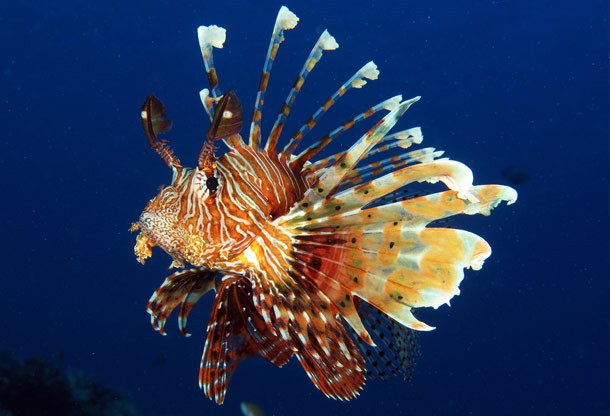 Source: wikipedia, Image: Shutterstock
Source: wikipedia, Image: Shutterstock Beautiful and deadly the lionfish is also highly destructive. Native to the Indo-Pacific, the lionfish has established itself as a significant invasive species of the East Coast of the United States and has been described as “one of the most aggressively invasive species on the planet”. It aggressively preys on small fish and invertebrates and are territorial towards other reef fish. This poses a major threat to reef ecological systems which consequently could be experiencing a decrease in Atlantic reef diversity by as much as 80%.
Tsetse Flies
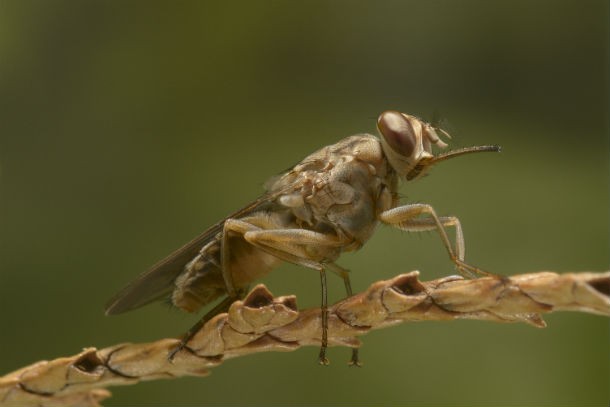 Source: enkivillage.com,CNN.com, Image: Wikipedia
Source: enkivillage.com,CNN.com, Image: Wikipedia Though not destructive in the structural sense, Tsetse flies are estimated to be responsible for the endangerment of anywhere between 250,000 to 300,000 people annually. Tsetse flies are large biting flies that inhabit large regions of Africa between the Sahara and Kalahari Deserts. They live by feeding on the blood of vertebrate animals and are the primary African biological vectors of trypanosomes, which causes human sleeping sickness and animal trypanosomiasis, also known as nagana.
Mosquitoes
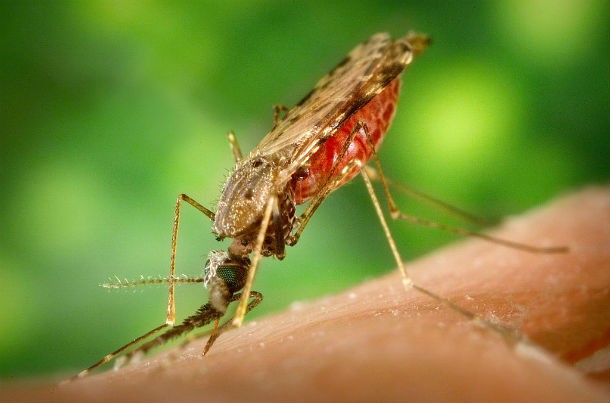 Source: enkivillage.com, Image: commons.wikimedia.org
Source: enkivillage.com, Image: commons.wikimedia.org It’s difficult to grasp how such a small creature can be so destructive, but rest assured, the mosquito is by far the most destructive creature on this list. Even though the mosquito is incapable of causing any significant structural damage, it more than makes up for this by infecting over 300 million people a year with Malaria and Dengue, two life threatening diseases. Furthermore, in the United States, mosquitoes are responsible for infecting over 30,000 people with the West Niles Virus since 2001; 1,200 of which have resulted in death. Currently, mosquitoes have gained the spotlight thanks to their contribution in spreading the Zika Virus, which has been linked to thousands of birth defects.



























